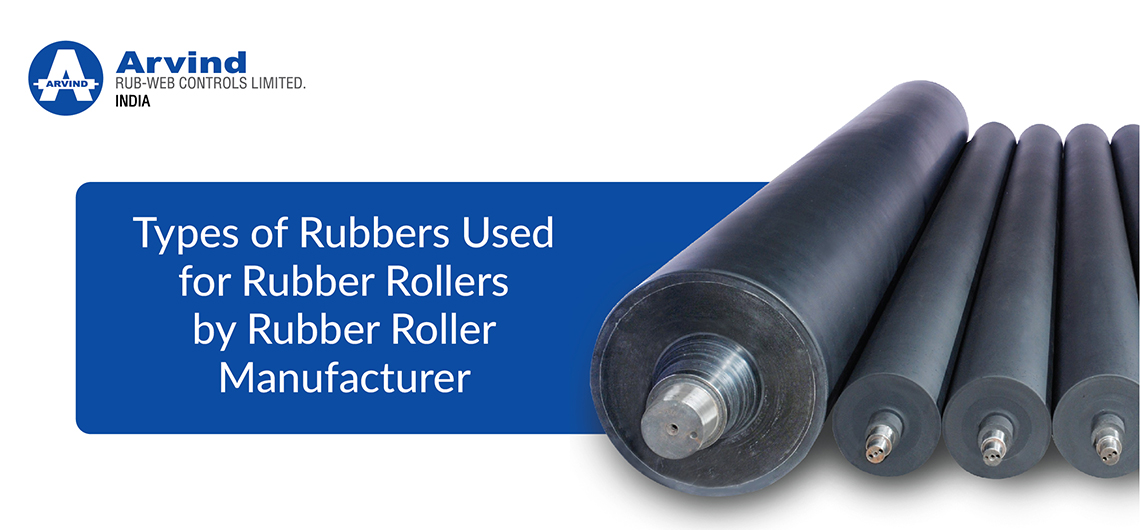
This blog is going to be different from other industrial rubber roller blogs. We have been covering a wide range of subjects related to industrial rubber rollers, with the hope that these blogs are helping you in expanding your knowledge, especially rubber roller company. In this blog, we are going highlight various types of rubbers used for manufacturing different types of rubber rollers.
Every rubber compound has its specific mechanical, chemical, and physical properties. Depending on their industrial requirements, manufacturing companies choose rubber roller for their production process. This blog will highlight the most common rubber compounds used by rubber roller manufacturers.
Types of rubber compounds used for manufacturing rubber rollers
Here are the most common rubber compounds popular in the roller manufacturing industry:
-
Polyurethane rollers
-
Silicone (VMQ)
-
Chloroprene rubber rollers
-
Styrene-Butadiene Rubber Rollers (SBR)
-
Polybutadiene Rubber Rollers (BR)
Polyurethane rollers
According to industry experts, polyurethane or urethane rollers are one of the most widely used rubber rollers in the roller industry. It's highly rated for its physical properties, making it ideal for manufacturing various types of rubber rollers. Owing to its unique properties, it is possible to develop a variety of blends from different types and proportions. Some of its unique features comprise toughness, high impingement resistance, shock absorption, and fatigue resistance.
Due to the unique features of polyurethane rubber, it can be designed for hard, tough, high-performance parts, including wheels and rollers, or soft, shock-absorbing applications, like impact-absorbing pads and cushions. Many rubber roller company are drawing benefits from this type of rubber.
Silicon-based rubber roller (VMQ)
These types of polymers have a silicon-oxygen chain with groups of methyl, vinyl, and phenyl, in place of a carbon backbone. As far as the salient features are concerned, the silicon-based rollers are identified for having good oxygen, ozone, heat, light, and moisture resistance and excellent release capabilities among others. However, these types of rollers are expensive and have limited mechanical properties.
Chloroprene (Neoprene) rubber rollers
Neoprene is essentially a polymer of chloroprene produced from emulsion polymerization. The presence of chlorine in the polymer chain leads to various properties, including resistance to oxidation, ozone, and oil. This type of rubber has found usage in the roller industry due to its tack and simple-to-construct features. Rubber roller manufacturer use this type of rubber for manufacturing different types of rollers.
Styrene-butadiene rubber rollers
This type of rubber is basically a type of copolymer of butadiene with styrene. These are generally copolymerized through emulsion (chain-growth) polymerization (E-SBR). This type of rubber is preferred over others considering its brilliant qualities, including better abrasion, tear, and thermal resistance in comparison to natural rubber.
Polybutadiene Rubber Rollers (BR)
This type of rubber is produced from the polymerization of a butadiene monomer. According to industry experts, polybutadiene is available in three different categories, category is defined by isomers of butadiene. Coming to its salient features, this type of rubber is identified with good cracking, abrasion, and rolling resistance. However, this roller is prone to ozone degradation.
Conclusion
It’s quite evident from research on types of rubbers used for rubber rollers by rubber roller Manufacturers that every rubber is unique and has its distinctive features and applications.


